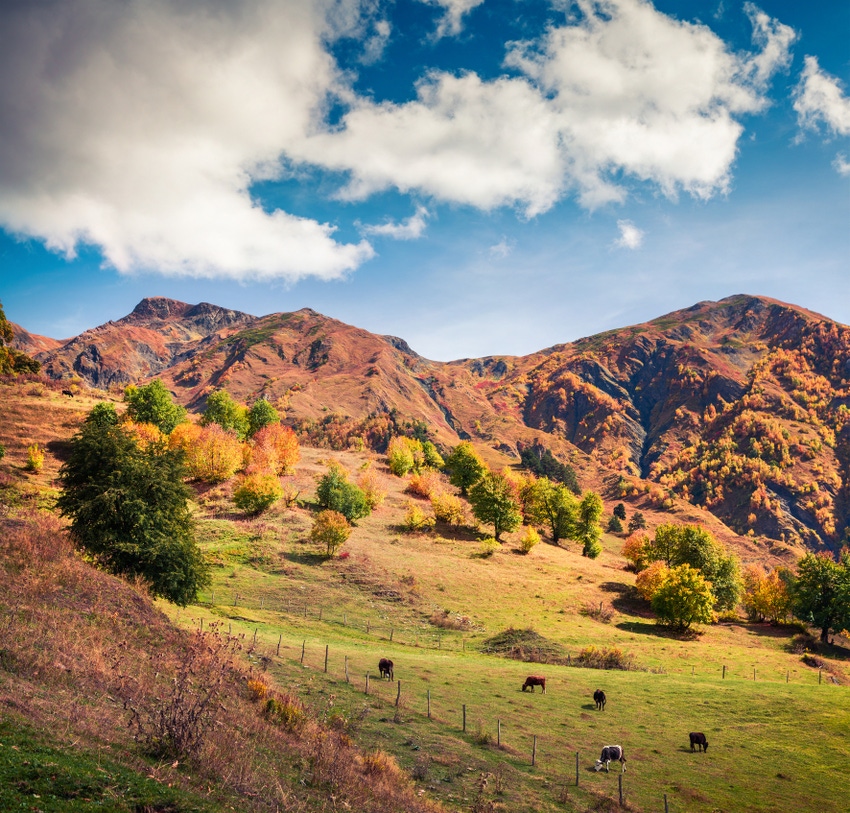
We carried a story on breeding a more ramblin' cow on Beef Producer website recently and since then I've had the chance to trade emails with one of the researchers, but we don't have much more information.
The idea is the researchers have found identifiable genetic markers for cattle that more readily climb and graze hills, versus those that prefer to stay nearer or in the valleys of rough country.
Frankly, I thought they would find something phenotypic that would go along with "hill-climbing" cows they say they have correlated with genetic markers, but Derek Bailey, director of the Chihuahuan Desert Rangeland Research Center with New Mexico State University, says they have not.
"We did a couple of studies while I was at Montana State University that addressed this question," he says. "With two different groups of cows (in two studies), we found no correlation between terrain use and hip height, cow weight, body condition score, calf birth weight, calf weaning weight, calf birth date or other measures of reproductive performance."
He says you can look u the research listed as Bailey et al. 2001 and Van Wagoner et al. 2006. "Currently, I have a student that I looking at this question again," Bailey says. "We are collecting linear measurements of cows that we are tracking. Linear measures include hip height, wither height, heart girth, weight, body condition score, etc. Maybe we will find something with these linear body measurements."
He also said they looked for a possible relationship between temperament at calving and terrain use, thinking it might be the wilder cows that strayed farther.
"Surprisingly to me, we found no correlation between temperament at calving and terrain use," Bailey says. "I expected hill climbers to be more aggressive at calving, but that was not what the data told us."
I also wondered about the mix of plants the cows were grazing, whether it included more or less of the undesirable plants, meaning those ranked by range scientists as increasers under un-controlled grazing.
I figured it would be difficult to collect and therefore unlikely, but if you don't ask you'll never find out, right?
"The botanical composition of the diets selected by 'hill climber' and 'bottom dweller' cows is an interesting topic and scientific question," Bailey says. "Unfortunately, monitoring and observing diet selection of cows grazing extensive and rugged rangeland pastures is difficult, time consuming and expensive. Now, the only feasible approach would be to collect fecal samples from individual cows and use micro-histological techniques to estimate diet composition, which is not within our budget."
Bailey says it's something they would like to study, also, and are working with colleagues on developing techniques that would use fecal near infrared spectroscopy (NIRS) to estimate diet types or even some plant species in a cow's diet.
About the Author(s)
You May Also Like




